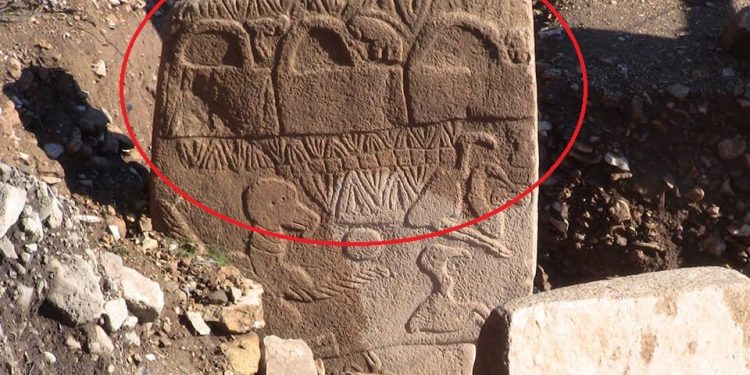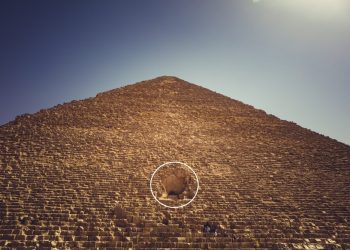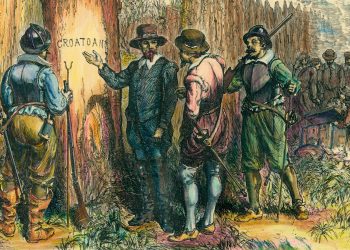Located in modern-day Turkey, this breathtaking megalithic site is an architectural marvel that predates Stonehenge by more than 6,000 years. Yet, despite only 5% of the site having been excavated, Göbekli Tepe has already upended our preconceived notions of the development of ancient societies.
Göbekli Tepe’s age is astonishing. Carbon dating indicates that the site was constructed around 9600 BCE, making it one of the oldest known megalithic structures in the world. This monumental complex, spanning approximately 22 acres, consists of numerous T-shaped limestone pillars intricately arranged in circles. Each circle contains two larger central pillars surrounded by smaller ones, some of which weigh up to 20 tons. Considering its size and age, Göbekli Tepe challenges the conventional wisdom that large-scale construction projects were a product of later, more advanced civilizations.
The Skilled Artistry of Göbekli Tepe
The craftsmanship exhibited at Göbekli Tepe is unparalleled for its time. The limestone pillars are adorned with intricate bas-reliefs and carvings of various animals, including lions, bulls, boars, and birds. The level of detail and artistry displayed in these carvings demonstrates a level of skill and organization thought to be beyond the capabilities of hunter-gatherer societies. This begs the question: how did these ancient people achieve such a monumental feat without the aid of metal tools or the wheel?
A Mysterious Purpose
The true purpose of Göbekli Tepe remains shrouded in mystery. Scholars initially believed that the site was primarily a burial ground, but recent excavations have found little evidence to support this theory. Some researchers now propose that Göbekli Tepe was a religious or ceremonial center, potentially serving as a gathering place for various prehistoric communities to exchange ideas and resources. Others believe that the site may have functioned as an astronomical observatory. With only 5% of the site excavated, we can only speculate about the true purpose of this enigmatic complex.
A Curious Lack of Habitation
Surprisingly, there is no evidence of permanent habitation at Göbekli Tepe. This absence suggests that the site was not a residential settlement but rather a location specifically dedicated to communal activities. Interestingly, this challenges the long-held assumption that organized religion and large-scale construction projects arose as a result of settled agricultural communities. Göbekli Tepe raises the possibility that these advancements may have occurred within hunter-gatherer societies, with the site serving as a catalyst for the development of agriculture and the rise of civilization.
Göbekli Tepe: A Sleeping Giant
With 95% of Göbekli Tepe still lying beneath the surface, there is much more to be discovered. As excavations continue, researchers hope to unlock the secrets of this enigmatic site and gain a deeper understanding of its purpose, the people who built it, and the role it played in the development of human civilization. The discoveries made at Göbekli Tepe have already forced us to rewrite history; who knows what other revelations await as we delve deeper into this ancient marvel? Göbekli Tepe is a monumental testament to the capabilities of our ancient ancestors, challenging our understanding of the development of ancient cultures.











